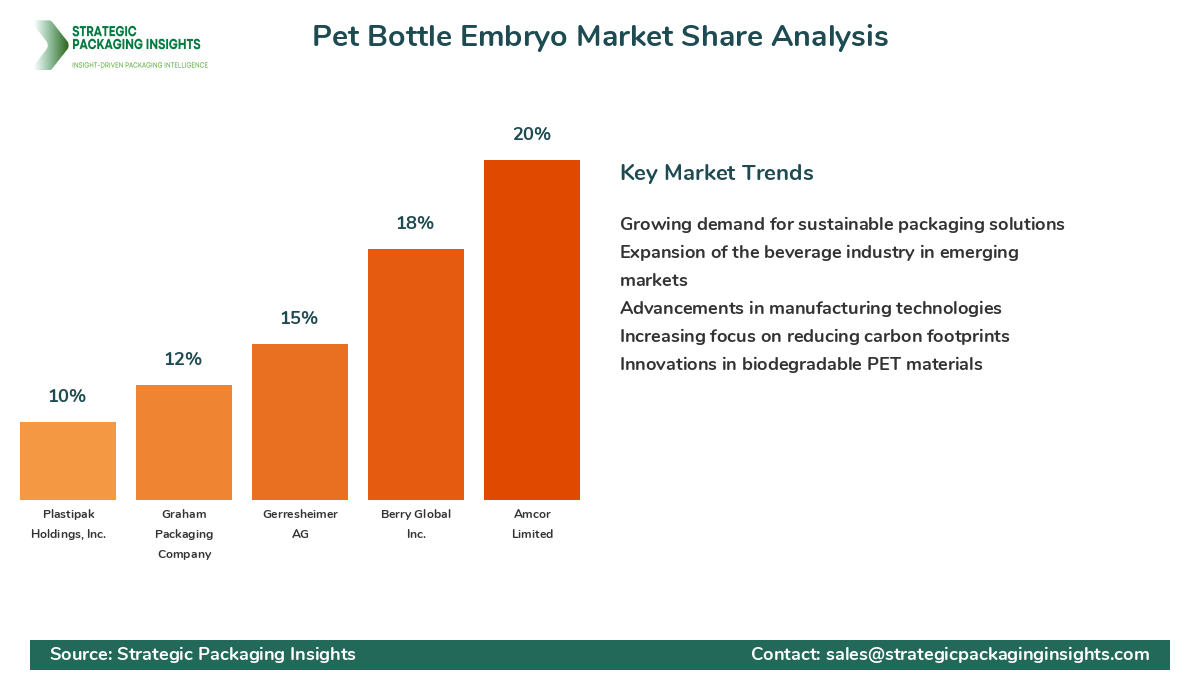- Home
- Beverage Packaging
- Pet Bottle Embryo Market Size, Future Growth and Forecast 2033
Pet Bottle Embryo Market Size, Future Growth and Forecast 2033
Pet Bottle Embryo Market Segments - by Material Type (Polyethylene Terephthalate, Polypropylene), Application (Beverages, Food, Pharmaceuticals, Personal Care, Others), End-User (Beverage Industry, Food Industry, Pharmaceutical Industry, Personal Care Industry, Others), and Region (Asia Pacific, North America, Latin America, Europe, and Middle East & Africa) - Market Dynamics, Growth Opportunities, Strategic Drivers, and PESTLE Outlook (2025–2033)
Pet Bottle Embryo Market Outlook
The Pet Bottle Embryo market was valued at $12.5 billion in 2024 and is projected to reach $19.8 billion by 2033, growing at a CAGR of 5.2% during the forecast period 2025-2033. This market is experiencing robust growth due to the increasing demand for lightweight and durable packaging solutions across various industries. The beverage industry, in particular, is a significant driver, as PET bottles are widely used for packaging carbonated drinks, juices, and water. The shift towards sustainable and Recyclable Packaging materials is also propelling the market forward, as PET is known for its recyclability and environmental benefits. Additionally, advancements in manufacturing technologies are enabling the production of high-quality PET bottle embryos, further boosting market growth.
However, the market faces challenges such as fluctuating raw material prices and stringent environmental regulations regarding plastic usage. These factors can potentially hinder market growth, as companies need to invest in sustainable practices and alternative materials to comply with regulations. Despite these challenges, the market holds significant growth potential, driven by innovations in biodegradable PET materials and the expansion of the beverage industry in emerging markets. The increasing focus on reducing carbon footprints and enhancing product shelf life is expected to create new opportunities for market players.
Report Scope
| Attributes | Details |
| Report Title | Pet Bottle Embryo Market Size, Future Growth and Forecast 2033 |
| Base Year | 2024 |
| Historic Data | 2017-2023 |
| Forecast Period | 2025-2033 |
| Number of Pages | 225 |
| Material Type | Polyethylene Terephthalate, Polypropylene |
| Application | Beverages, Food, Pharmaceuticals, Personal Care, Others |
| End-User | Beverage Industry, Food Industry, Pharmaceutical Industry, Personal Care Industry, Others |
| Region | North America, Europe, Asia-Pacific, Latin America, Middle East & Africa |
| Customization Available | Yes* |
Key Highlights Pet Bottle Embryo Market
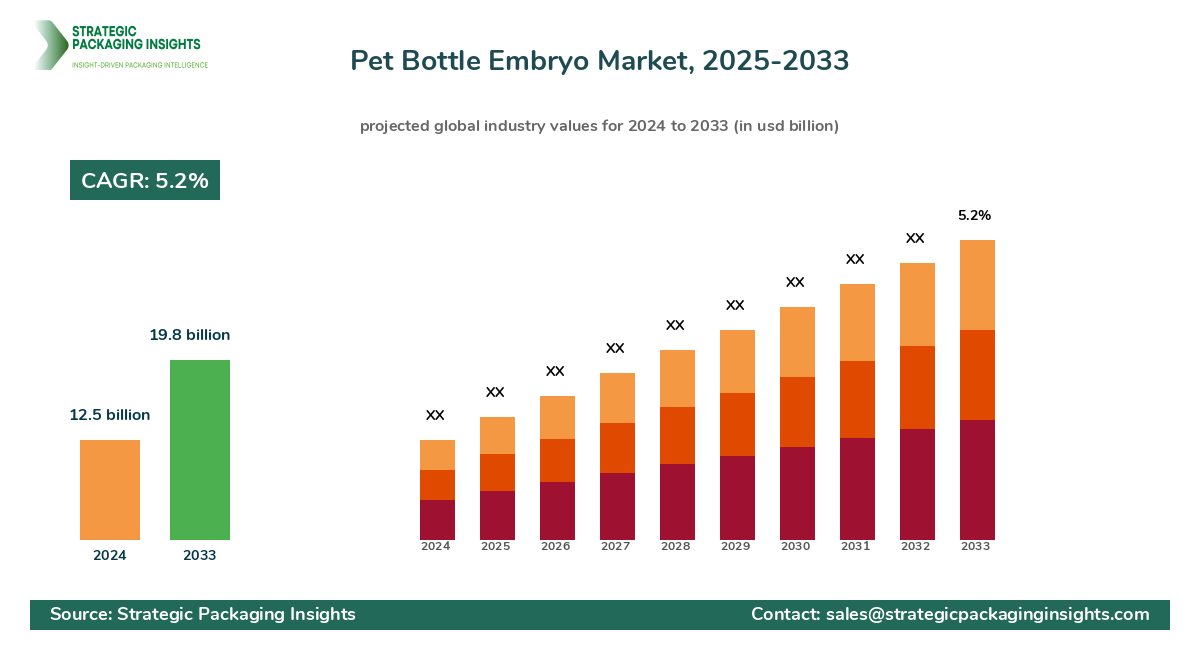
- Growing demand for sustainable and recyclable packaging solutions.
- Significant growth in the beverage industry driving market expansion.
- Advancements in manufacturing technologies enhancing product quality.
- Increasing focus on reducing carbon footprints in packaging.
- Expansion of the beverage industry in emerging markets.
- Challenges posed by fluctuating raw material prices.
- Stringent environmental regulations impacting market dynamics.
- Innovations in biodegradable PET materials creating new opportunities.
- Rising demand for lightweight and durable packaging solutions.
- Enhanced product shelf life driving market growth.
Competitive Intelligence
The Pet Bottle Embryo market is highly competitive, with key players such as Amcor Limited, Berry Global Inc., Gerresheimer AG, Graham Packaging Company, Plastipak Holdings, Inc., Resilux NV, RETAL Industries Ltd., ALPLA Werke Alwin Lehner GmbH & Co KG, Indorama Ventures Public Company Limited, and Nampak Ltd. dominating the landscape. These companies are focusing on expanding their market share through strategic partnerships, mergers, and acquisitions. Amcor Limited, for instance, is leveraging its extensive geographic reach and innovation capabilities to maintain its leadership position. Berry Global Inc. is focusing on sustainable packaging solutions to cater to the growing demand for eco-friendly products.
Gerresheimer AG and Graham Packaging Company are emphasizing product innovation and customer-centric approaches to enhance client retention. Plastipak Holdings, Inc. and Resilux NV are investing in advanced manufacturing technologies to improve product quality and efficiency. RETAL Industries Ltd. and ALPLA Werke Alwin Lehner GmbH & Co KG are expanding their production capacities to meet the increasing demand for PET bottle embryos. Indorama Ventures Public Company Limited and Nampak Ltd. are focusing on expanding their presence in emerging markets to capitalize on growth opportunities. Overall, the competitive landscape is characterized by a strong focus on innovation, sustainability, and geographic expansion.
Regional Market Intelligence of Pet Bottle Embryo
In North America, the Pet Bottle Embryo market is valued at $3.5 billion and is expected to grow steadily due to the high demand for packaged beverages and the presence of major market players. The region's focus on sustainability and recycling initiatives is also driving market growth. In Europe, the market is valued at $2.8 billion, with a strong emphasis on eco-friendly packaging solutions and stringent regulations promoting the use of recyclable materials. The Asia-Pacific region, valued at $4.7 billion, is experiencing the fastest growth, driven by the expanding beverage industry and increasing consumer awareness about sustainable packaging.
Latin America, with a market value of $1.2 billion, is witnessing moderate growth, supported by the rising demand for packaged food and beverages. The Middle East & Africa region, valued at $0.8 billion, is experiencing growth due to the increasing adoption of PET bottles in the food and beverage industry. Each region presents unique growth drivers and challenges, with North America and Europe focusing on sustainability, while Asia-Pacific and Latin America are driven by industry expansion and consumer demand.
Top Countries Insights in Pet Bottle Embryo
The United States, with a market size of $3.2 billion and a CAGR of 4%, is a leading market for Pet Bottle Embryos, driven by the high demand for packaged beverages and strong recycling initiatives. China, with a market size of $2.5 billion and a CAGR of 7%, is experiencing rapid growth due to the expanding beverage industry and increasing consumer awareness about sustainable packaging. Germany, with a market size of $1.5 billion and a CAGR of 3%, is focusing on eco-friendly packaging solutions and stringent regulations promoting the use of recyclable materials.
India, with a market size of $1.2 billion and a CAGR of 8%, is witnessing significant growth, driven by the expanding beverage industry and increasing consumer demand for sustainable packaging. Brazil, with a market size of $0.9 billion and a CAGR of 5%, is experiencing moderate growth, supported by the rising demand for packaged food and beverages. Each country presents unique growth drivers and challenges, with the United States and Germany focusing on sustainability, while China and India are driven by industry expansion and consumer demand.
Pet Bottle Embryo Market Segments Insights
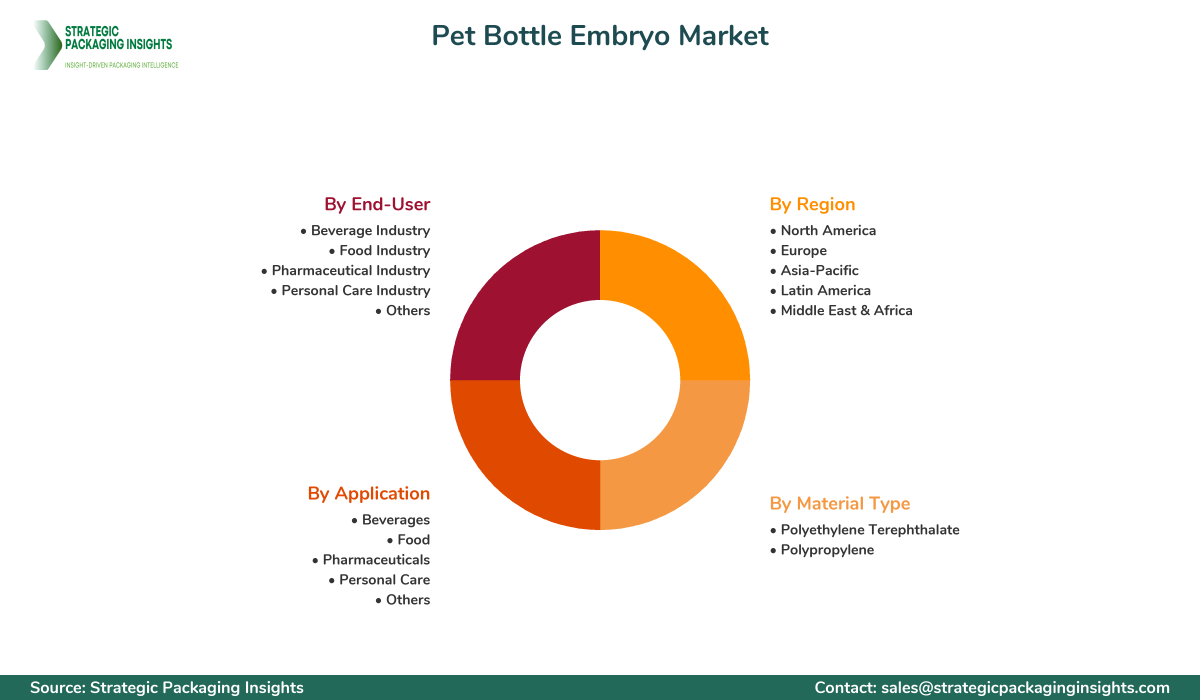
Material Type Analysis
The Pet Bottle Embryo market is segmented by material type into Polyethylene Terephthalate (PET) and Polypropylene (PP). PET is the dominant segment, driven by its widespread use in the beverage industry due to its lightweight, durability, and recyclability. The demand for PET is further fueled by the increasing focus on sustainable packaging solutions and the growing beverage industry in emerging markets. Polypropylene, while less dominant, is gaining traction due to its superior chemical resistance and versatility in various applications. The segment is expected to witness growth as manufacturers explore innovative applications and sustainable alternatives.
Advancements in manufacturing technologies are enabling the production of high-quality PET and PP bottle embryos, enhancing their appeal in the market. The shift towards eco-friendly materials is also driving innovation in biodegradable PET and PP, creating new opportunities for market players. The competitive landscape is characterized by a strong focus on product innovation and sustainability, with companies investing in research and development to enhance material properties and reduce environmental impact.
Application Analysis
The application segment of the Pet Bottle Embryo market includes Beverages, Food, Pharmaceuticals, Personal Care, and Others. The beverage segment is the largest, driven by the high demand for PET bottles in packaging carbonated drinks, juices, and water. The food segment is also significant, with PET bottles being used for packaging sauces, oils, and other liquid food products. The pharmaceutical segment is witnessing growth due to the increasing use of PET bottles for packaging liquid medicines and supplements.
The personal care segment is experiencing growth as PET bottles are used for packaging shampoos, conditioners, and other personal care products. The demand for lightweight and durable packaging solutions is driving growth across all application segments. The competitive landscape is characterized by a strong focus on innovation and sustainability, with companies investing in research and development to enhance product quality and reduce environmental impact.
End-User Analysis
The end-user segment of the Pet Bottle Embryo market includes the Beverage Industry, Food Industry, Pharmaceutical Industry, Personal Care Industry, and Others. The beverage industry is the largest end-user, driven by the high demand for PET bottles in packaging carbonated drinks, juices, and water. The food industry is also significant, with PET bottles being used for packaging sauces, oils, and other liquid food products. The pharmaceutical industry is witnessing growth due to the increasing use of PET bottles for packaging liquid medicines and supplements.
The personal care industry is experiencing growth as PET bottles are used for packaging shampoos, conditioners, and other personal care products. The demand for lightweight and durable packaging solutions is driving growth across all end-user segments. The competitive landscape is characterized by a strong focus on innovation and sustainability, with companies investing in research and development to enhance product quality and reduce environmental impact.
Region Analysis
The regional analysis of the Pet Bottle Embryo market includes North America, Europe, Asia-Pacific, Latin America, and Middle East & Africa. North America is the largest market, driven by the high demand for packaged beverages and the presence of major market players. Europe is also significant, with a strong emphasis on eco-friendly packaging solutions and stringent regulations promoting the use of recyclable materials. The Asia-Pacific region is experiencing the fastest growth, driven by the expanding beverage industry and increasing consumer awareness about sustainable packaging.
Latin America is witnessing moderate growth, supported by the rising demand for packaged food and beverages. The Middle East & Africa region is experiencing growth due to the increasing adoption of PET bottles in the food and beverage industry. Each region presents unique growth drivers and challenges, with North America and Europe focusing on sustainability, while Asia-Pacific and Latin America are driven by industry expansion and consumer demand.
The market share distribution of key players in the Pet Bottle Embryo market is characterized by a few dominant players holding significant shares, while numerous smaller players compete for the remaining market. Amcor Limited and Berry Global Inc. are leading the market, leveraging their extensive geographic reach and innovation capabilities. Gerresheimer AG and Graham Packaging Company are also significant players, focusing on product innovation and customer-centric approaches. Plastipak Holdings, Inc. and Resilux NV are investing in advanced manufacturing technologies to improve product quality and efficiency.
RETAL Industries Ltd. and ALPLA Werke Alwin Lehner GmbH & Co KG are expanding their production capacities to meet the increasing demand for PET bottle embryos. Indorama Ventures Public Company Limited and Nampak Ltd. are focusing on expanding their presence in emerging markets to capitalize on growth opportunities. The competitive landscape is characterized by a strong focus on innovation, sustainability, and geographic expansion, with companies investing in research and development to enhance product quality and reduce environmental impact.
Pet Bottle Embryo Market Segments
The Pet Bottle Embryo market has been segmented on the basis of
Material Type
- Polyethylene Terephthalate
- Polypropylene
Application
- Beverages
- Food
- Pharmaceuticals
- Personal Care
- Others
End-User
- Beverage Industry
- Food Industry
- Pharmaceutical Industry
- Personal Care Industry
- Others
Region
- North America
- Europe
- Asia-Pacific
- Latin America
- Middle East & Africa
Primary Interview Insights
What are the key drivers of growth in the Pet Bottle Embryo market?
What challenges does the Pet Bottle Embryo market face?
How are companies addressing sustainability in the Pet Bottle Embryo market?
Which regions are experiencing the fastest growth in the Pet Bottle Embryo market?
What are the opportunities for growth in the Pet Bottle Embryo market?
Latest Reports

The Hot Melt Glue Labeler market was valued at $1.2 billion in 2024 and is projected to reach $2.3 billion by 2033, growing at a CAGR of 6.5% during the forecast period 2025–2033.

The Ethical Label market was valued at $1.5 billion in 2024 and is projected to reach $3.2 billion by 2033, growing at a CAGR of 8.5% during the forecast period 2025–2033.

The Packaging Tensioner market was valued at $1.2 billion in 2024 and is projected to reach $2.3 billion by 2033, growing at a CAGR of 6.5% during the forecast period 2025–2033.
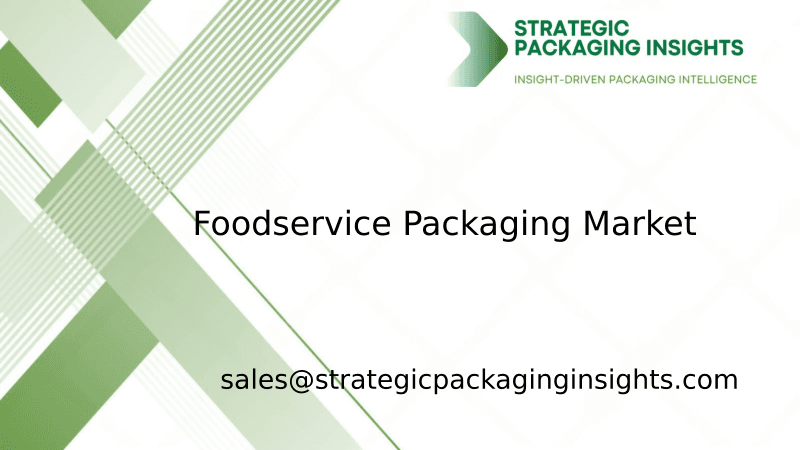
The foodservice packaging market was valued at $120 billion in 2024 and is projected to reach $180 billion by 2033, growing at a CAGR of 4.5% during the forecast period 2025–2033.

The nano-enabled packaging market was valued at $15.2 billion in 2024 and is projected to reach $35.6 billion by 2033, growing at a CAGR of 9.5% during the forecast period 2025–2033.
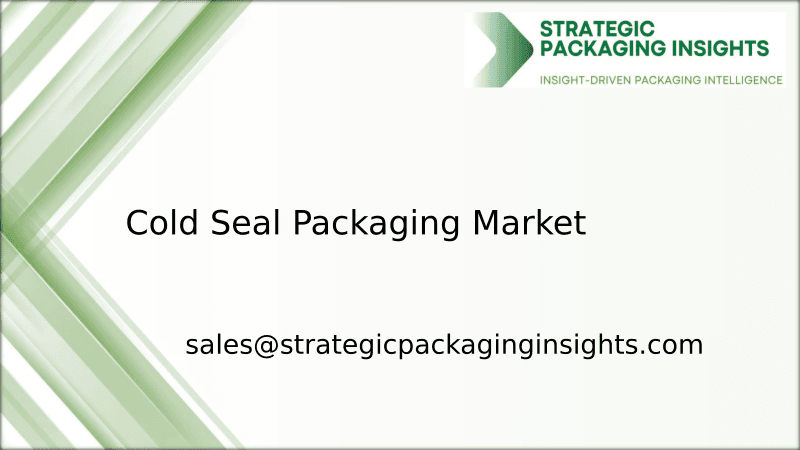
The Cold Seal Packaging market was valued at $1.5 billion in 2024 and is projected to reach $2.3 billion by 2033, growing at a CAGR of 4.8% during the forecast period 2025–2033.

The Transparent Barrier Packaging Films market was valued at $12.5 billion in 2024 and is projected to reach $20.3 billion by 2033, growing at a CAGR of 5.8% during the forecast period 2025–2033.

The Flatback Tape market was valued at $2.5 billion in 2024 and is projected to reach $4.1 billion by 2033, growing at a CAGR of 5.8% during the forecast period 2025–2033.
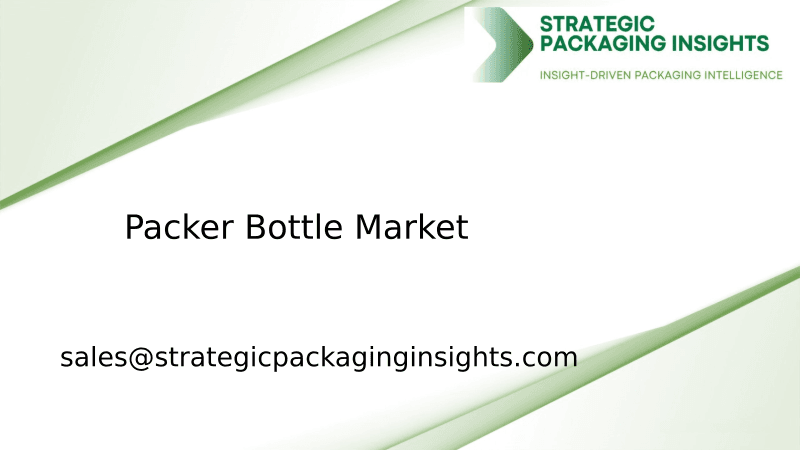
The packer bottle market was valued at $3.5 billion in 2024 and is projected to reach $5.8 billion by 2033, growing at a CAGR of 5.2% during the forecast period 2025–2033.
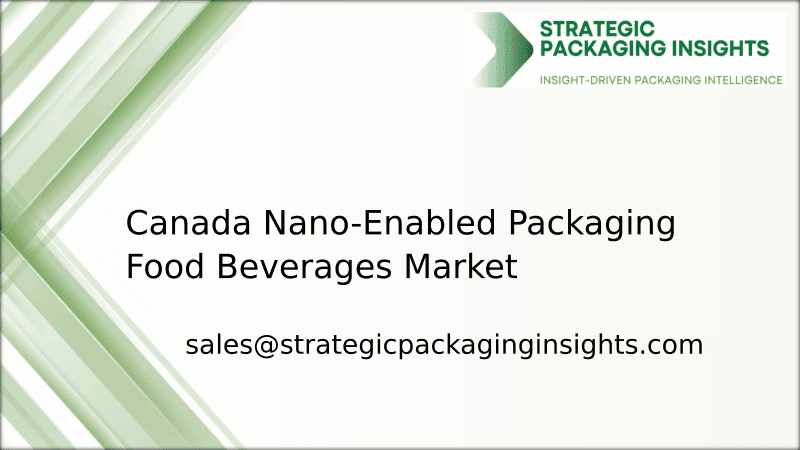
The Canada Nano-Enabled Packaging Food Beverages market was valued at $1.2 billion in 2024 and is projected to reach $3.5 billion by 2033, growing at a CAGR of 12.5% during the forecast period 2025–2033.
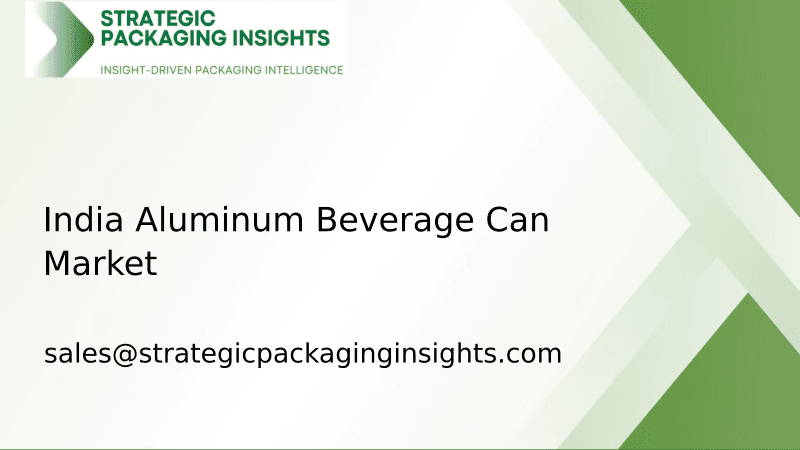
The India Aluminum Beverage Can market was valued at $1.2 billion in 2024 and is projected to reach $2.5 billion by 2033, growing at a CAGR of 8.5% during the forecast period 2025–2033.
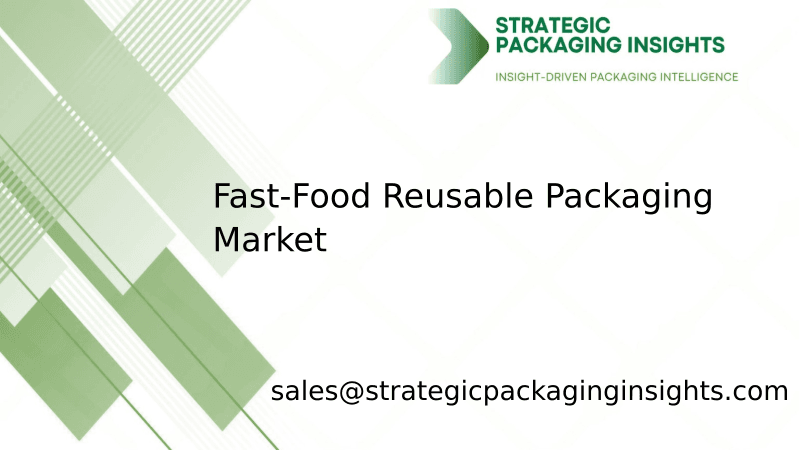
The fast-food reusable packaging market was valued at $1.2 billion in 2024 and is projected to reach $3.5 billion by 2033, growing at a CAGR of 12.5% during the forecast period 2025–2033.
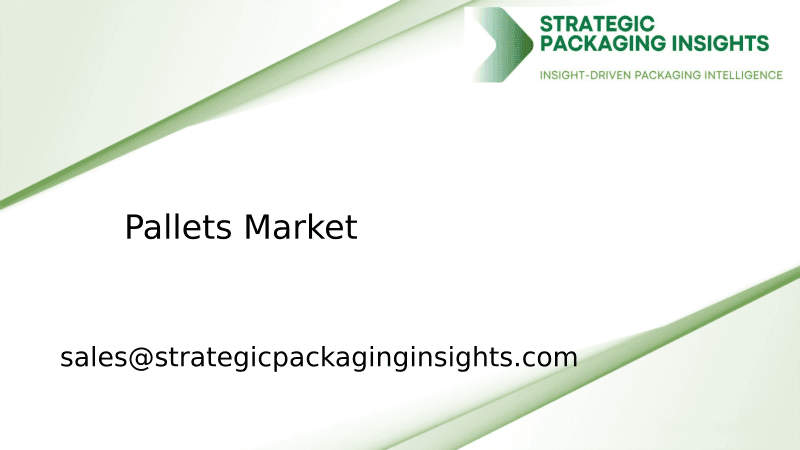
The pallets market was valued at $59.91 billion in 2024 and is projected to reach $88.69 billion by 2033, growing at a CAGR of 4.5% during the forecast period 2025–2033.

The lamination adhesives market was valued at $2.5 billion in 2024 and is projected to reach $4.1 billion by 2033, growing at a CAGR of 5.8% during the forecast period 2025–2033.

The garment packing machine market was valued at $1.2 billion in 2024 and is projected to reach $2.5 billion by 2033, growing at a CAGR of 8.5% during the forecast period 2025–2033.
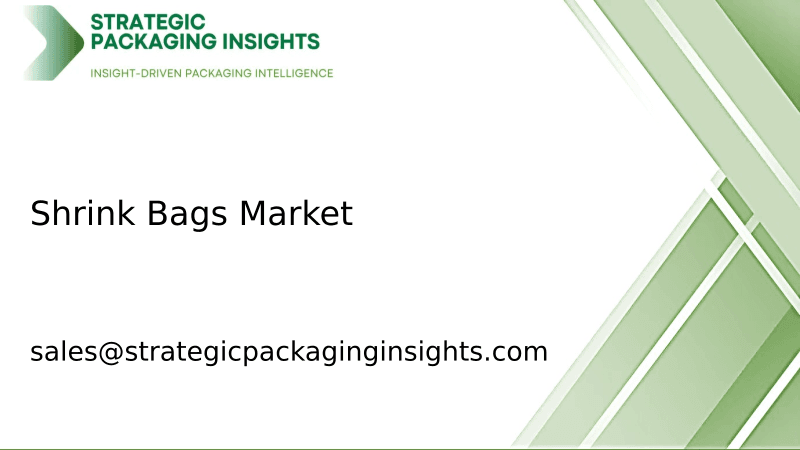
The shrink bags market was valued at $3.5 billion in 2024 and is projected to reach $5.8 billion by 2033, growing at a CAGR of 5.2% during the forecast period 2025–2033.

The beverage packaging market was valued at $128 billion in 2024 and is projected to reach $186 billion by 2033, growing at a CAGR of 4.2% during the forecast period 2025–2033.

The North America Freight and Logistics market was valued at $1,200 billion in 2024 and is projected to reach $1,800 billion by 2033, growing at a CAGR of 4.5% during the forecast period 2025–2033.

The Anti-Counterfeiting Packaging market was valued at $105 billion in 2024 and is projected to reach $182 billion by 2033, growing at a CAGR of 6.5% during the forecast period 2025–2033.

The Active and Modified Atmospheric Packaging market was valued at $15.2 billion in 2024 and is projected to reach $25.8 billion by 2033, growing at a CAGR of 6.5% during the forecast period 2025–2033.

The molded fiber packaging market was valued at $7.5 billion in 2024 and is projected to reach $12.3 billion by 2033, growing at a CAGR of 5.8% during the forecast period 2025–2033.

The micro packaging market was valued at $1.2 billion in 2024 and is projected to reach $2.5 billion by 2033, growing at a CAGR of 8.5% during the forecast period 2025–2033.

The Anti-counterfeit Pharmaceuticals Packaging market was valued at $80 billion in 2024 and is projected to reach $150 billion by 2033, growing at a CAGR of 7.5% during the forecast period 2025–2033.
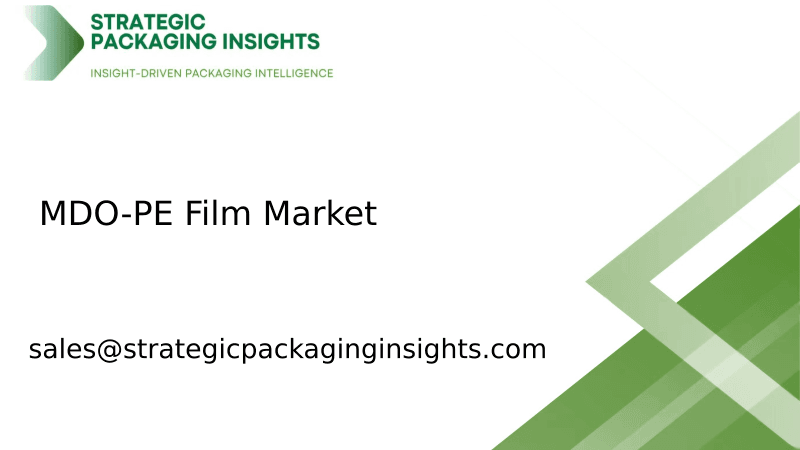
The MDO-PE Film market was valued at $3.5 billion in 2024 and is projected to reach $5.8 billion by 2033, growing at a CAGR of 5.2% during the forecast period 2025–2033.
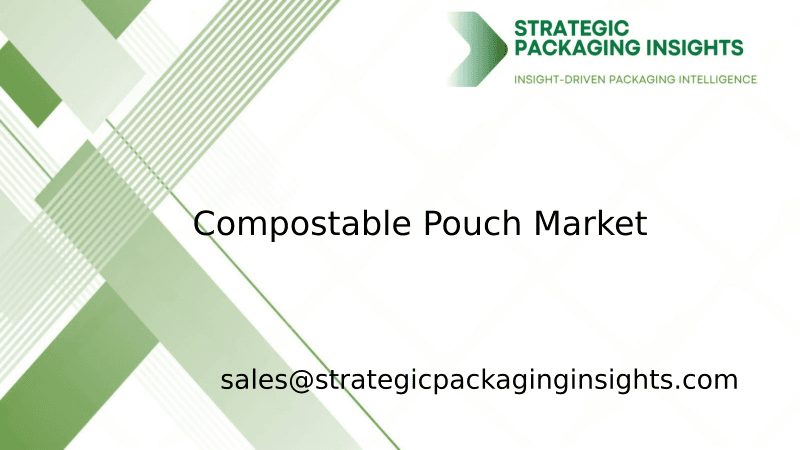
The compostable pouch market was valued at $1.2 billion in 2024 and is projected to reach $3.5 billion by 2033, growing at a CAGR of 12.5% during the forecast period 2025–2033.

The Hot Melt Glue Labeler market was valued at $1.2 billion in 2024 and is projected to reach $2.3 billion by 2033, growing at a CAGR of 6.5% during the forecast period 2025–2033.

The Ethical Label market was valued at $1.5 billion in 2024 and is projected to reach $3.2 billion by 2033, growing at a CAGR of 8.5% during the forecast period 2025–2033.

The Packaging Tensioner market was valued at $1.2 billion in 2024 and is projected to reach $2.3 billion by 2033, growing at a CAGR of 6.5% during the forecast period 2025–2033.

The foodservice packaging market was valued at $120 billion in 2024 and is projected to reach $180 billion by 2033, growing at a CAGR of 4.5% during the forecast period 2025–2033.

The nano-enabled packaging market was valued at $15.2 billion in 2024 and is projected to reach $35.6 billion by 2033, growing at a CAGR of 9.5% during the forecast period 2025–2033.

The Cold Seal Packaging market was valued at $1.5 billion in 2024 and is projected to reach $2.3 billion by 2033, growing at a CAGR of 4.8% during the forecast period 2025–2033.

The Transparent Barrier Packaging Films market was valued at $12.5 billion in 2024 and is projected to reach $20.3 billion by 2033, growing at a CAGR of 5.8% during the forecast period 2025–2033.

The Flatback Tape market was valued at $2.5 billion in 2024 and is projected to reach $4.1 billion by 2033, growing at a CAGR of 5.8% during the forecast period 2025–2033.

The packer bottle market was valued at $3.5 billion in 2024 and is projected to reach $5.8 billion by 2033, growing at a CAGR of 5.2% during the forecast period 2025–2033.

The Canada Nano-Enabled Packaging Food Beverages market was valued at $1.2 billion in 2024 and is projected to reach $3.5 billion by 2033, growing at a CAGR of 12.5% during the forecast period 2025–2033.

The India Aluminum Beverage Can market was valued at $1.2 billion in 2024 and is projected to reach $2.5 billion by 2033, growing at a CAGR of 8.5% during the forecast period 2025–2033.

The fast-food reusable packaging market was valued at $1.2 billion in 2024 and is projected to reach $3.5 billion by 2033, growing at a CAGR of 12.5% during the forecast period 2025–2033.

The pallets market was valued at $59.91 billion in 2024 and is projected to reach $88.69 billion by 2033, growing at a CAGR of 4.5% during the forecast period 2025–2033.

The lamination adhesives market was valued at $2.5 billion in 2024 and is projected to reach $4.1 billion by 2033, growing at a CAGR of 5.8% during the forecast period 2025–2033.

The garment packing machine market was valued at $1.2 billion in 2024 and is projected to reach $2.5 billion by 2033, growing at a CAGR of 8.5% during the forecast period 2025–2033.

The shrink bags market was valued at $3.5 billion in 2024 and is projected to reach $5.8 billion by 2033, growing at a CAGR of 5.2% during the forecast period 2025–2033.

The beverage packaging market was valued at $128 billion in 2024 and is projected to reach $186 billion by 2033, growing at a CAGR of 4.2% during the forecast period 2025–2033.

The North America Freight and Logistics market was valued at $1,200 billion in 2024 and is projected to reach $1,800 billion by 2033, growing at a CAGR of 4.5% during the forecast period 2025–2033.

The Anti-Counterfeiting Packaging market was valued at $105 billion in 2024 and is projected to reach $182 billion by 2033, growing at a CAGR of 6.5% during the forecast period 2025–2033.

The Active and Modified Atmospheric Packaging market was valued at $15.2 billion in 2024 and is projected to reach $25.8 billion by 2033, growing at a CAGR of 6.5% during the forecast period 2025–2033.

The molded fiber packaging market was valued at $7.5 billion in 2024 and is projected to reach $12.3 billion by 2033, growing at a CAGR of 5.8% during the forecast period 2025–2033.

The micro packaging market was valued at $1.2 billion in 2024 and is projected to reach $2.5 billion by 2033, growing at a CAGR of 8.5% during the forecast period 2025–2033.

The Anti-counterfeit Pharmaceuticals Packaging market was valued at $80 billion in 2024 and is projected to reach $150 billion by 2033, growing at a CAGR of 7.5% during the forecast period 2025–2033.

The MDO-PE Film market was valued at $3.5 billion in 2024 and is projected to reach $5.8 billion by 2033, growing at a CAGR of 5.2% during the forecast period 2025–2033.

The compostable pouch market was valued at $1.2 billion in 2024 and is projected to reach $3.5 billion by 2033, growing at a CAGR of 12.5% during the forecast period 2025–2033.
